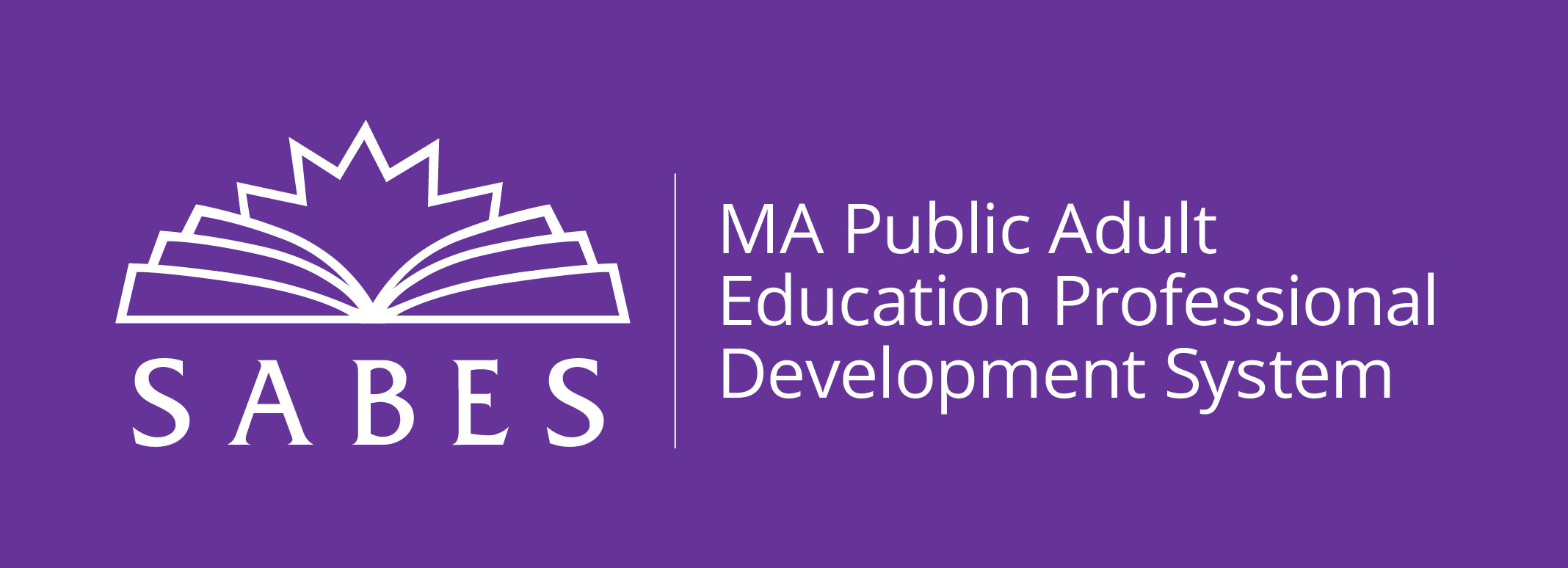
Remote-Ready Curriculum for Beginning Math Students (GLE 2–4) series
Visit the BeCALM web page to learn more about the curriculum and download the teacher/student materials, scope & sequence, CCRSAE Crosswalk and more!
This collection includes teacher and student materials that can be downloaded as Word documents or PDFs. The math content is aimed at ABE level math students (approximately GLE 2–4). While adult students at this math level may have any level of reading, the text was kept to a minimum in the student materials to increase accessibility for students at an ABE reading level or students who are beginning to intermediate English learners.
You may also access the packets individually on the SABES website here:


